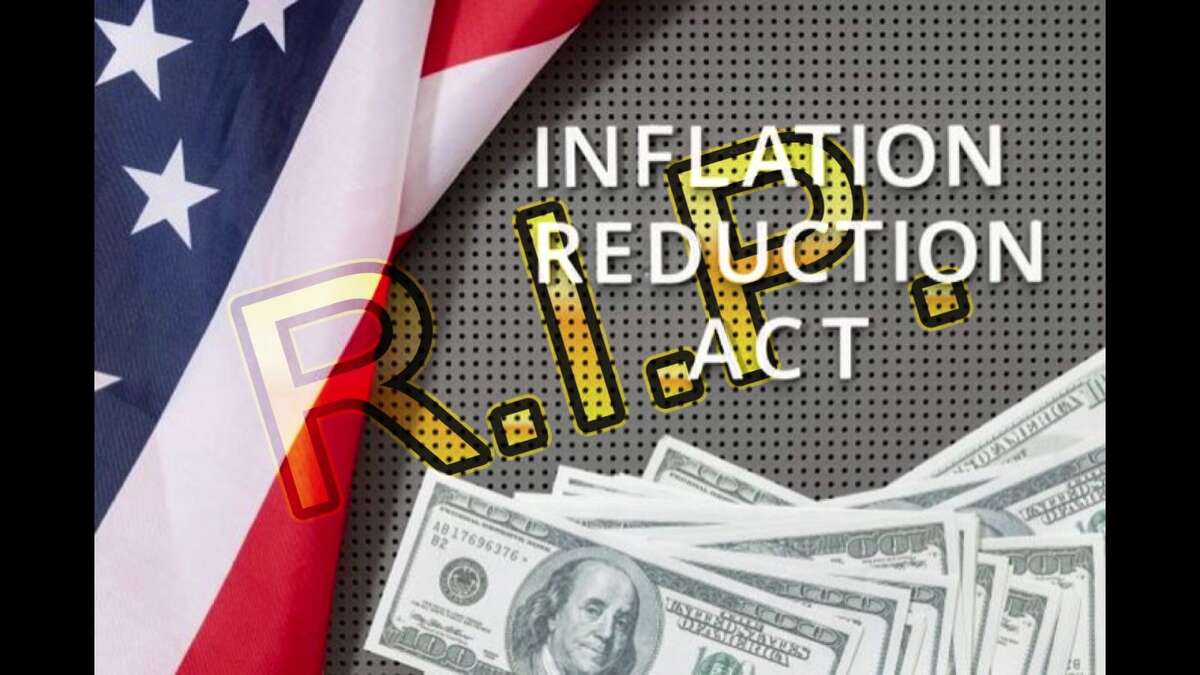A❤️463-word🧡under💛3-minute💚read
This is step one. Now it’s the Senate’s turn to debate the “Big Beautiful Bill.” The industry had already refocused its lobbying efforts there, but the die is cast. They may win a concession here or there. However, at the end of the day, there will be a new reality for renewables.
So much for the “spending in Red States theory,” and there’s a lesson to be learned.
Our country’s biggest problem isn’t anything politicians say is our biggest problem. It’s them, and the fact that political survival always takes precedent over doing what’s best for the country. Ironically, that is something that is bipartisan.
Only during a true crisis does that maxim not hold. And unfortunately for the climate advocates, they haven’t convinced the population at large that it is truly a crisis.
Yes, Congress is cutting spending in some districts. Yes, it will cost jobs and reduce economic growth. But the renewable industry overlooked one thing: Republicans fear President Trump more than their own constituents. The midterms may prove that to be a miscalculation, but that’s 18 months in the future.
For now, the solar industry – which claims to produce the cheapest energy – will have a chance to prove it. And it should get easier since the industry’s largest trade group – the Solar Energy Industries Association (SEIA) – is predicting that electricity costs will increase nationally by $51 billion.
According to a Brattle economic analysis done for SEIA, the Northeast, Midwest, and California will suffer most. The Southeast, many Western States, and Texas will remain relatively unscathed. The Republicans aren’t concerned with California or the Northeast, but the Midwest is Trump country.
SEIA further claims that in its current form, the bill will cost 292,000 jobs, cause 287 factories to close or be cancelled (mostly cancelled), and erase $220 billion in local investment. To be exact, SEIA is saying “Here’s what it could mean…”
I doubt the numbers are accurate. Still, the general impact is correct. If enacted, the legislation will cost jobs, stop projects, and hit some local economies.
It won’t matter.
Consider that the reconciliation bill prevents a tax increase, and for some will reduce taxes. That’s a measurable impact, whereas the loss of future spending is nebulous. Also consider that the U.S. economy is about $30 trillion. A $220 billion hit amounts to less than a 1% impact. As for jobs, the reality is that solar jobs come during construction and go after completion.
Lastly, the cost of energy argument. That will be tough to prove. Renewables have done little to lower costs, so attributing future increases to the legislation is problematic.
It’s time for the solar industry to prove it can continue to flourish sans the generous subsidies that the IRA provided.
#solarpower #inflationreductionact #renewables #renewableenergy #solarindustry #seia










